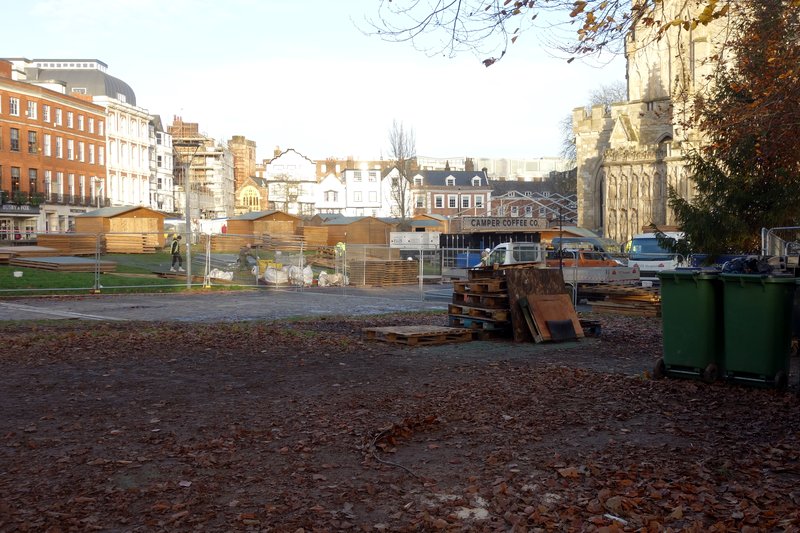“This cautionary story is a reminder of the importance of examining the basis of public claims, especially when they are being made by politicians about their performance.”
.
Earlier this month, the headlines had it that Exeter was the ‘greenest city in the UK’ – but the story was rather more nuanced: How ‘green’ is Exeter – and how ‘green’ will it continue to be? – Vision Group for Sidmouth
The investigative online journal The Exeter Observer has taken a look at the figures in a little more detail and presents a thorough report debunking the political hyperbole.
Here are a few extracts from an excellent, and excoriating, piece:
Is the grass really greener in Exeter city centre?
Academic research placing Exeter retail area at top of green space table was nationally reported, locally misrepresented then repurposed as booster fuel by local politicians overlooking study’s social justice focus.
In this case the headline was “Scientists have named Exeter city centre as the greenest in Britain based on tree cover and the presence of parks”, as correctly presented by BBC news, although this was subsequently misrepresented as “Exeter is the greenest city in Britain” on social media by a BBC journalist then repeated in that form by Exeter Labour Party and two of its councillors...
It may be true that “Exeter enjoys a range of green open spaces including six valley parks managed by Devon Wildlife Trust, numerous parks, sports pitches, 1,400 allotments and a number of leafy cemeteries”, but this has next to nothing to do with the research on which the story was based...
All this appeared lost on city council leader Phil Bialyk, however, when he appeared on BBC Radio Devon to exult in Exeter’s latest status update. He claimed the research results justified recent council decisions at Northbrook and Clifton Hill, neither of which are anywhere near the city centre retail area examined in the study, although he neglected to mention that it was community campaign to save Northbrook golf course that caused the reversal of the council’s plan to sell it for redevelopment. He also didn’t seem to think that the eight centuries that have passed since Southernhay was enclosed and the ten since the cathedral and castle were founded were any reason for the council not to claim credit for the results, a view shared by Exeter MP Ben Bradshaw. Labour councillor Martin Pearce chimed in to add that “lots of work by an amazing number of people over many years” had led to this position, although we don’t think he had medieval stonemasons in mind...

This cautionary story is also a reminder of the importance of examining the basis of public claims, especially when they are being made by politicians about their performance. The Sheffield academics interrogate the data on which their conclusions depend. Exeter’s leaders have no excuse not to do the same.
Is the grass really greener in Exeter city centre? – Exeter Observer
Exeter City Council’s website carries further ‘green stories’ – but these initiatives are not council-inspired: Locals brave freezing weather to plant 600 trees in Exeter – Exeter City Council News and Community group wins award for greening up its backyard – Exeter City Council News and Tree planting project gets thousands of trees into the ground – Exeter City Council News